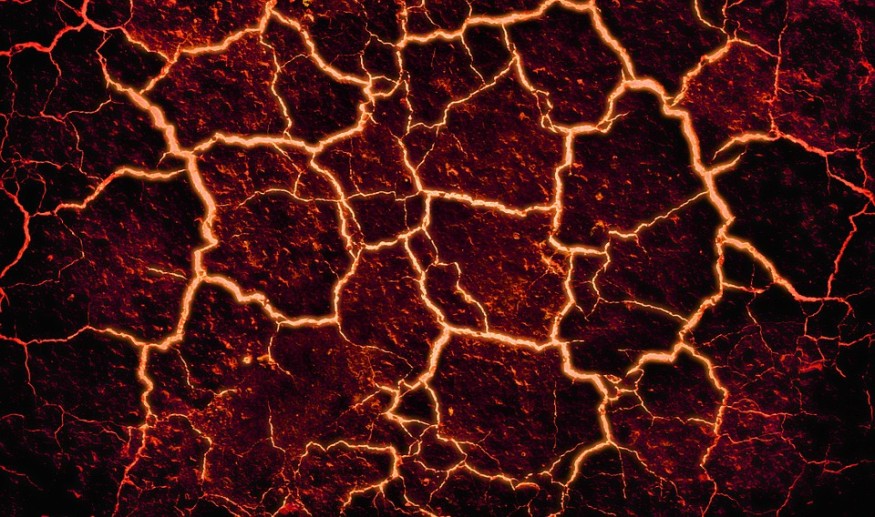
An earthquake recently rocked California. The quake, according to U.S. Geological Survey (USGS) geologist Keith Knudsen, was found 3 miles from the Concord fault and 9 miles below the surface. Shortly after the quake, ABC7 Meteorologist Drew Tuma tweeted to confirm the disaster.
The meteorologists in San Francisco area respond to various myths. The complicated reality of the earthquakes evades several beliefs. Below are the few common myths and their corresponding truths.
1. Small earthquakes help prevent big ones by releasing stress
Earthquakes do release stress within the Earth. Fundamentally, the planet's plated crust is moving to clear some energy coming from the Earth's hot core. Plates occasionally slip and slide to release pent up stress as plates strain toward each other.
While quakes relieve pressure along with the bodies of faults, their ends haven't moved, so now those parts are more stressed, says Susan Hough, a geophysicist at the USGS told the Popular Science. The actual shaking could likewise affect other faults in the area, triggering more quakes.
2. Earthquakes occur during a specific time of year or part of the lunar cycle
Christine Goulet, executive director of the Southern California Earthquake Center, likewise told the Popular Science that there is no way surface temperatures could affect earthquakes nor does the moon play any substantial role. She clarified that earthquakes are fueled by fault activities below the ground.
The force is not enough to bring huge earthquakes as the moon brings waves and could exert stress on other parts of the Earth. Hough also investigated this very question in a study to validate if there are strong links and significant patterns as to what period of the year and point in the lunar cycle do earthquakes happen. Hough said it's consistent with a "random chance."
3. Our pets can predict earthquakes
The earliest accounts of animals displaying unusual behavior before earthquakes are from Greece in 373 BC, according to USGS. Some people nowadays likewise describe their dogs barking or cats staying in the shelter for hours before an earthquake happens.
According to Hough, there is a chance that pets may be able to sense the compressional waves which roll through before movement occurs. People may not notice or care if their pets are acting weirdly, but the observations take on a significance after the earthquake.
4. "Relax; it's up to the building code."
Commercial space or a residence which was marked as earthquake-safe years ago may not meet the standards today. There are still lots of out-of-date structures in urban cities like San Francisco.
Goutlet said the building code improves over time, underscoring that there is no such thing called earthquake-proof. She continued that updating the building code is based on probability and not exceeding the two percent chance of collapse in 50 years. People may lose all the properties and may still be ripped apart, she said, noting that it's not necessarily safe if someone's home or office doesn't crash like a stack of pancakes.
Many people in the earthquake-prone areas neglect how to be prepared in times of disasters. Goulet suggests in the Earthquake Country Alliance website for the steps on preparing an emergency plan, securing bookshelves and water heaters to walls, and piling up disaster supplies in case of emergencies. She underscored it's always better to be over-prepared than having nothing during disasters and calamities.
© 2025 NatureWorldNews.com All rights reserved. Do not reproduce without permission.





